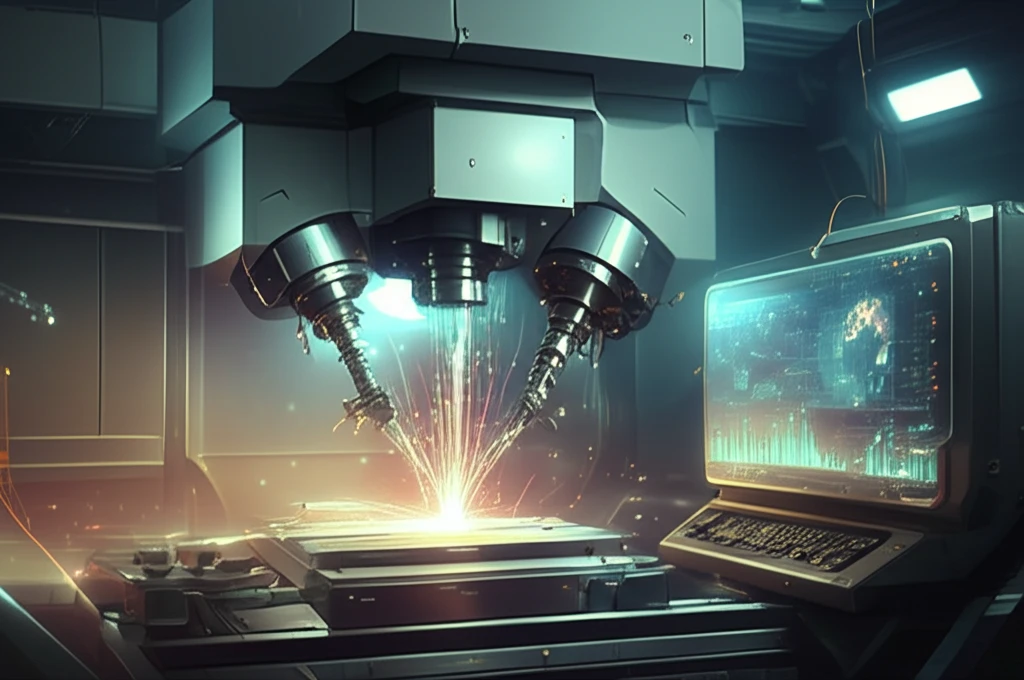
Maximize Milling: How Vector Field Analysis Boosts CNC Machine Efficiency
"Uncover the secrets to optimizing tool paths in five-axis milling, and discover how vector field analysis can dramatically reduce machining time and boost production rates."
In the realm of industrial manufacturing, time is of the essence. Machining large components requires countless cutter location points, translating to hundreds of hours of machining. Optimizing the tool path is a critical focal point for engineers looking to minimize the machining time in five-axis milling processes.
Traditional methods often fall short of achieving peak efficiency. However, the integration of advanced techniques, such as vector field (VF) analysis, promises to revolutionize tool path optimization. Vector field analysis offers a strategic approach that not only trims down production time but also enhances the precision and quality of the final product.
This article explores how vector field analysis can dramatically improve the efficiency of five-axis milling machines. We'll delve into the innovative methodologies presented in recent research, breaking down how these advancements can optimize tool paths and boost material removal rates in CNC machining.
What is Vector Field Analysis and Why Does It Matter?

Vector field analysis provides a novel approach to tool path optimization. Unlike conventional methods that can be computationally expensive and locally sensitive, VF analysis employs pre-computed optimal directions tailored to specific machine configurations. This method incorporates grid generation, space-filling curves, and vector field decomposition using rotationally invariant moments, leading to more efficient machining processes.
- Enhanced Efficiency: By aligning tool paths with optimal directions, VF analysis significantly reduces machining time.
- Global Optimization: Unlike methods sensitive to local variations, VF analysis offers a more accurate global optimization approach.
- Adaptability: VF analysis can be applied to various industrial formats like STL, IGES, and STEP, making it versatile for different machining needs.
The Future of CNC Machining
Vector field analysis represents a significant leap forward in CNC machining technology. By optimizing tool paths and improving material removal rates, VF analysis promises to revolutionize manufacturing processes, enhancing efficiency and reducing production times. As industries continue to seek innovative ways to boost productivity, vector field analysis stands out as a beacon of progress, shaping the future of CNC machining.
